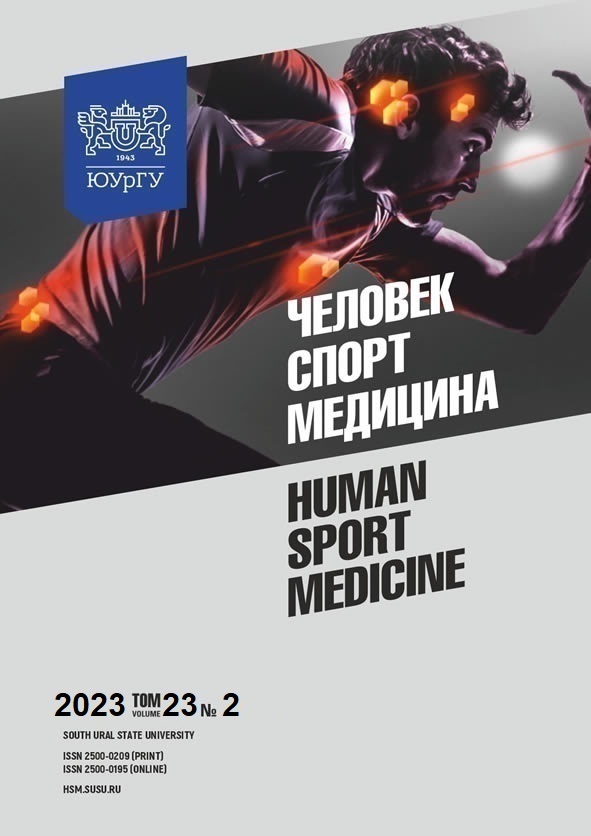THE IMPORTANCE OF ARTERIAL ADRENOCEPTORS IN SYMPATHOLYSIS IN THE REGULATION OF BLOOD FLOW IN WORKING MUSCLES
Abstract
Aim. The aim of the study was to identify the physiological mechanisms of increased blood flow in working striated muscles during functional blockade of the influence of the sympathetic nervous system and its mediator norepinephrine on the adrenoceptors of muscle arteries during sympatholysis. Materials and methods. The experiments were carried out on anesthetized rabbits. There were two groups of animals in the experiments: control (N = 20) and experimental (N = 15). In the experimental group, the work of the muscles of the hind limb was simulated during muscle contraction using an electrical stimulator. In the control group, the stimulator was not used. In the control and experimental groups, according to the same method, the muscles of the hind limb were perfused with a pump through the femoral artery. The Motorola MPX5100DP pressure sensor was installed at the pump outlet, and the pressure was recorded by a computer through an analog-to-digital converter. The change in pressure in the femoral artery at the outlet of the pump characterized the pressor activity of α1-adrenergic receptors of the arteries in response to the administration of norepinephrine in the control group or muscle contraction with an electrical stimulator in the experimental group. Results. The study shows that against the background of muscle contraction, the vasoconstrictive effect of norepinephrine significantly decreases when α1-adrenergic receptors of the limb arteries are stimulated. Our experiments have shown that at low doses (0.5 μg/kg) the vasoconstrictive effect of norepinephrine on the arteries of the limb during muscle contraction decreased by
21.7 times. At medium doses of norepinephrine (5 μg/kg), sympatholysis decreased and became 5.7 times less than control. At high doses of norepinephrine (30 μg/kg), sympatholysis during muscle contraction reduced its vasoconstrictive effect only 1.9 times. Conclusion. The revealed effects of the pharmacokinetics and pharmacodynamics of norepinephrine on a1-adrenoreceptors of the arteries demonstrate new mechanisms of regulation of blood flow in working muscles by reducing the sensitivity of a1-adrenoreceptors. The magnitude of sympatholysis decreases with an increase in the dose of norepinephrine.
References
References on translit
Copyright (c) 2023 Human. Sport. Medicine

This work is licensed under a Creative Commons Attribution-NonCommercial-NoDerivatives 4.0 International License.















